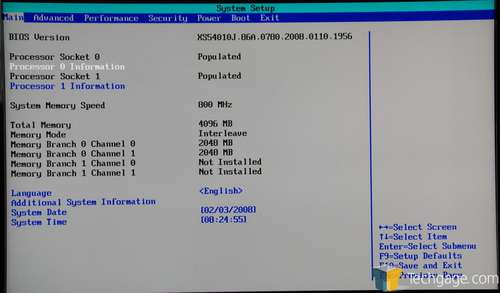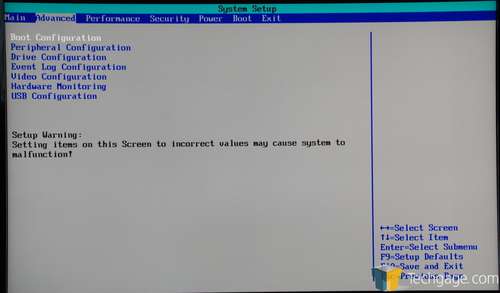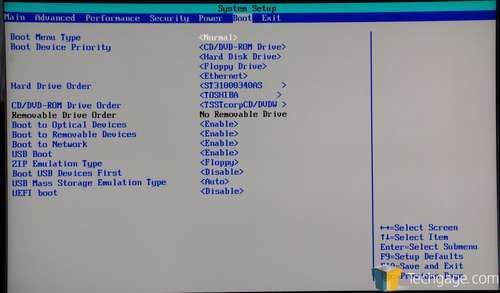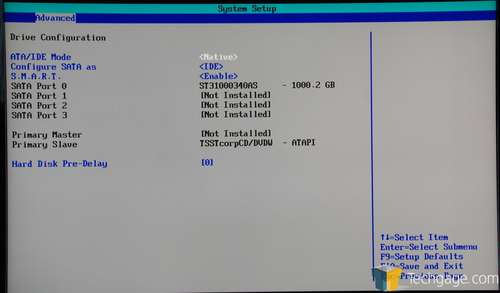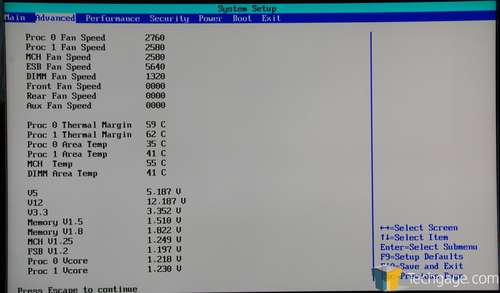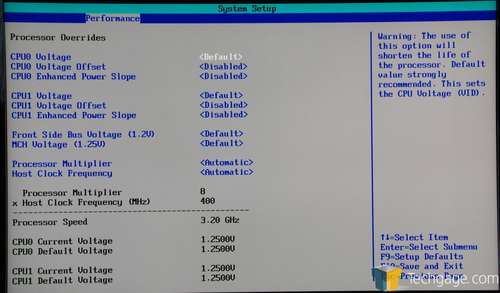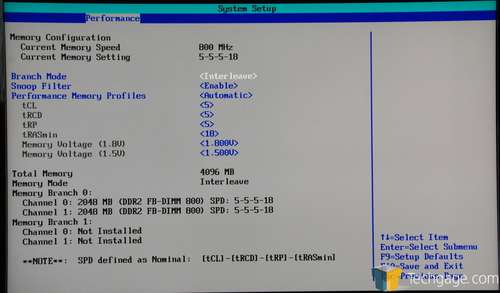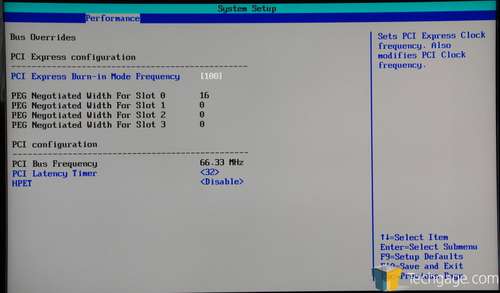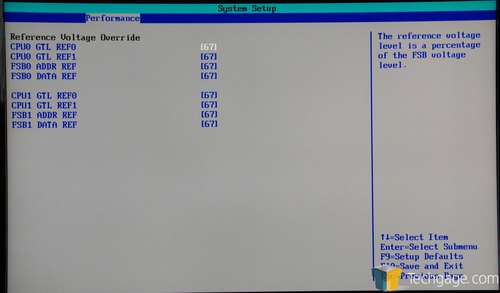- Qualcomm Launches Snapdragon 4 Gen 2 Mobile Platform
- AMD Launches Ryzen PRO 7000 Series Mobile & Desktop Platform
- Intel Launches Sleek Single-Slot Arc Pro A60 Workstation Graphics Card
- NVIDIA Announces Latest Ada Lovelace Additions: GeForce RTX 4060 Ti & RTX 4060
- Maxon Redshift With AMD Radeon GPU Rendering Support Now Available
Intel Skulltrail Enthusiast Platform Preview
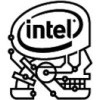
Consisting of two Extreme Quad-Core processors, Intel is looking to redefine what we know as “high-end”. Skulltrail is touted as being the “ultimate” enthusiast platform, offering SLI and Crossfire support, huge overclocking abilities and enough sheer power to make the competition weep.
Page 4 – D5400XS BIOS
If you’ve used Intel motherboards in the past, the BIOS on the D5400 will be quite familiar to you. However, as with the rest of the board, it’s been tweaked with enthusiasts in mind. Thanks to the Dual-CPU nature of the board, the front-page is a little different, with a listing for each processor installed It’s important to note that the board will function fine without a second CPU.
On the second page, some minor configuration can be tackled, such as setting up the RAID, boot configuration, hardware monitoring and more.
By default, ACHI will be the chosen drive configuration, which means Vista only. For Windows XP, you will need to change back to IDE, or RAID if you have that in mind.
Hardware monitoring on many boards are very lackluster, but here, it’s a different story. Each of the voltages are displayed in real-time, so that you can see if there is a problem. Temperatures are also here, as expected, for the entire CPU, not each individual core.
Overclocking is not necessarily new with Intel motherboards, but to this degree it is. Each CPU can be configured separately for voltages. One example of why this is useful is with overclocking. While one of the CPUs may be stable at 4.0GHz with 1.450v, the other could be stable with 1.500v. The flexibility here allows you to apply only what voltage is needed.
The allowed voltages for each setting is:
- CPU Voltage: 1.2875v – 1.6000v (Increments of 0.0125v)
- Voltage Offset: Increases the overall allowed voltage, to allow up to 1.9v
- FSB Voltage: 1.100v – 1.500v (Increments of 0.025v)
- MCH Voltage: 1.200v – 1.600v (Increments of 0.025v)
The fact that the board allows CPU voltages of up to 1.9v proves that Intel built the board around high overclocks. Although we were unable to tackle overclocking ourselves, due to our power supply, we will touch up on this a little further on the final page.
Although FB-DIMM is clocked far lower than standard DDR2, it’s still quite overclockable, and even more so thanks to the options Intel provides in the BIOS. FB-DIMM is touchy, so overclocking too far can be a bad idea. It also gets far hotter than standard DDR2, so a RAM fan is an absolute must.
Also under the tweaking section is PCI Express configuration and also reference voltages for the CPU and FSB.
When compared to other enthusiast boards on the market, the BIOS here seems lackluster, which it is to some degree, but the bases are covered. Who expected Intel to allow up to 1.9v CPU voltage on a motherboard, ever?
Next up we will take a look at the new QX9775 and what it brings to the table, along with a look at the FB-DIMM modules used during testing.
Support our efforts! With ad revenue at an all-time low for written websites, we're relying more than ever on reader support to help us continue putting so much effort into this type of content. You can support us by becoming a Patron, or by using our Amazon shopping affiliate links listed through our articles. Thanks for your support!




